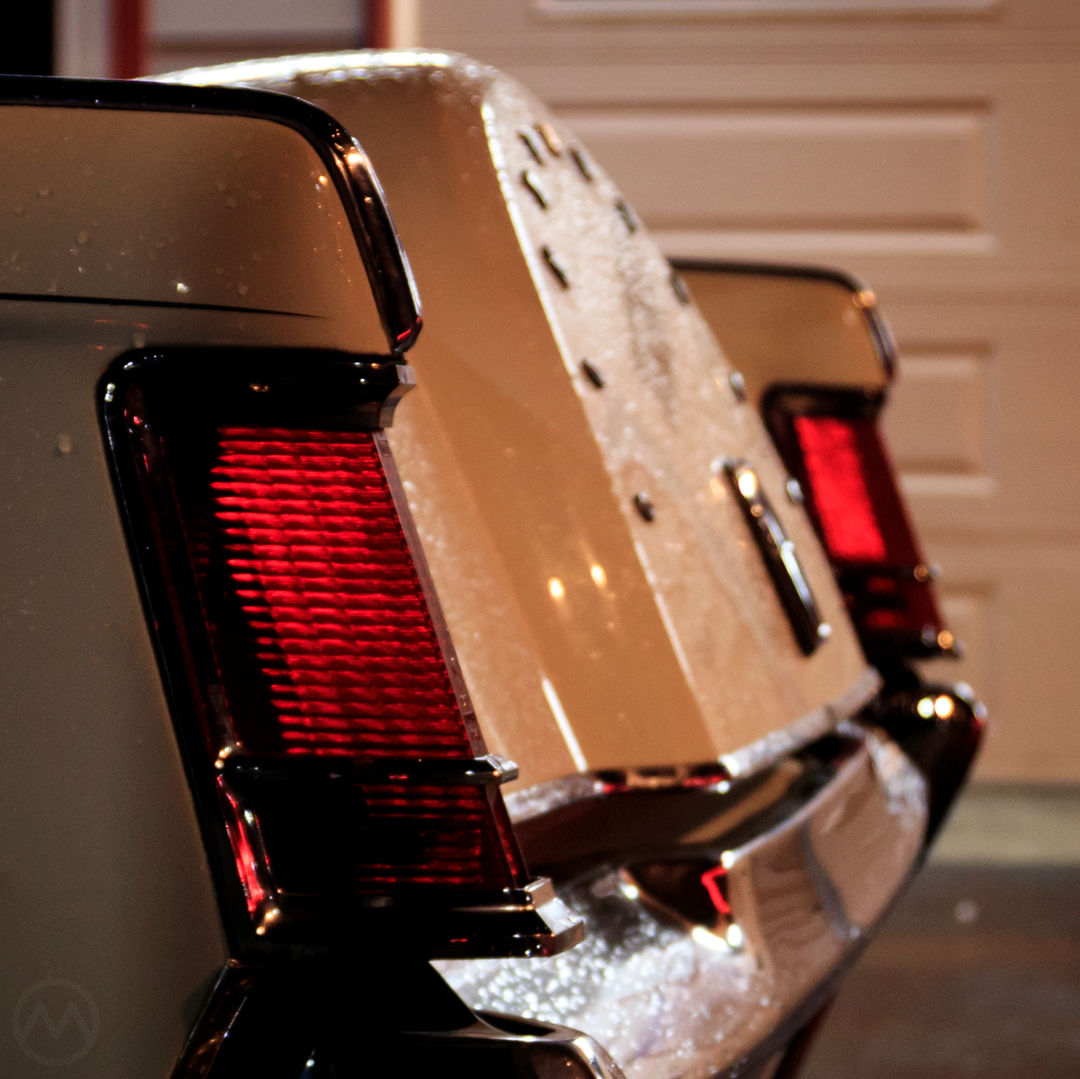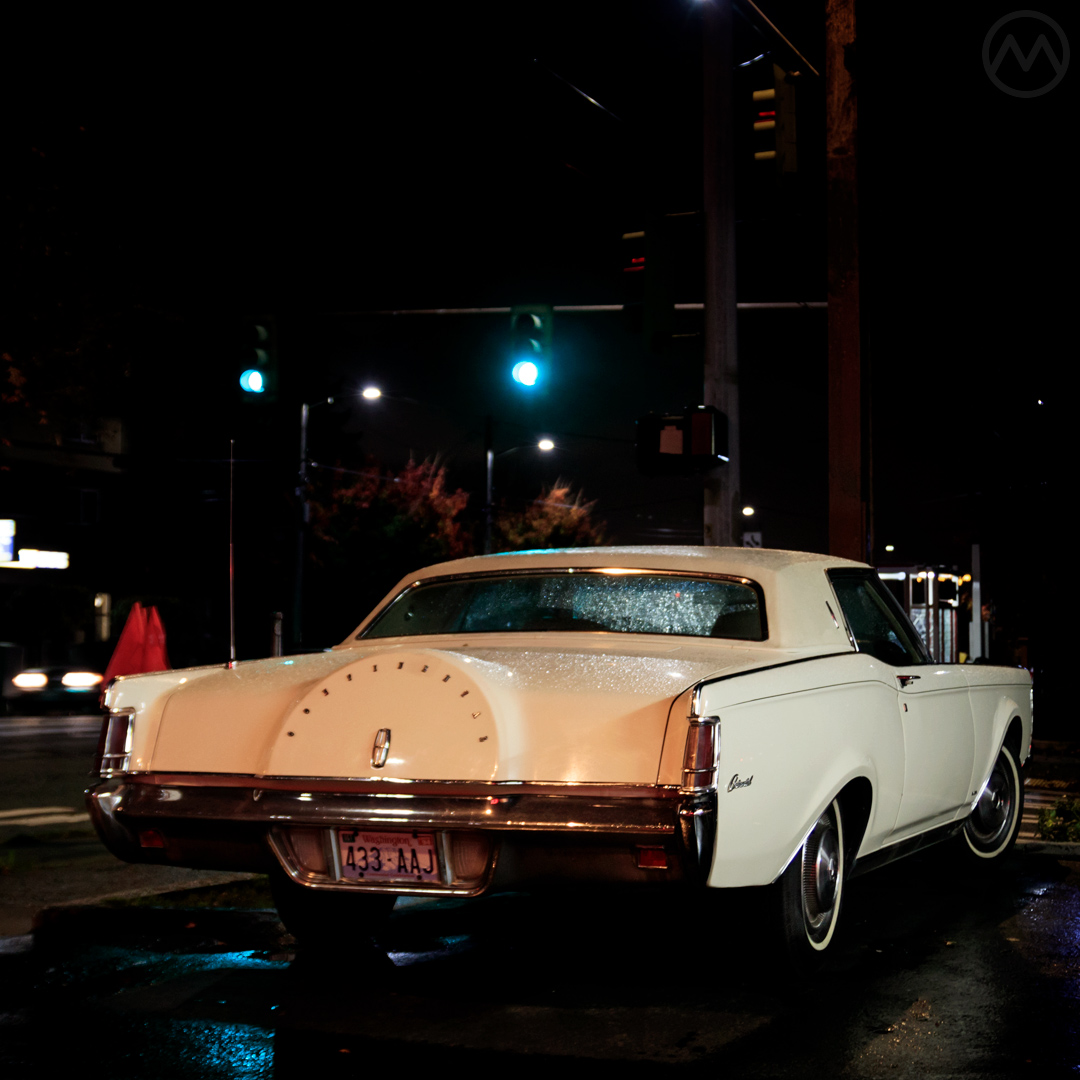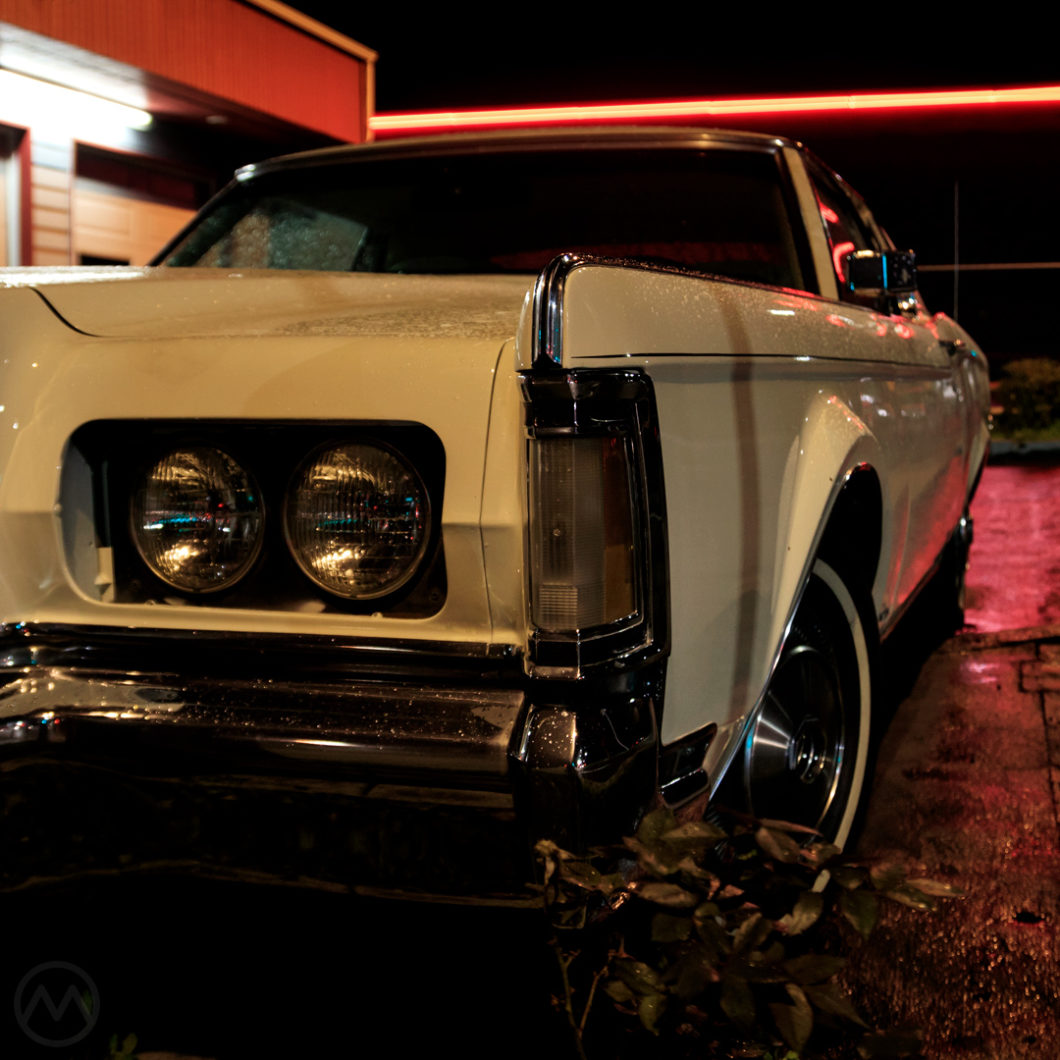It was one of Lee Iacocca’s greatest successes. It was exactly what its target audience wanted, it was extremely profitable, and it created the template for an era of unprecedented sales success for Lincoln. Introduced on April 5, 1968, it was the Lincoln Continental Mark III, a heady cocktail of tradition, off-the-shelf components, and marketing genius.
Lincoln sales had always trailed far behind Cadillac, but for the very first time a mass-market Lincoln sold as well as its Cadillac rival, in this case the Eldorado. The Mark III was technically always a 1969 model and if you count the very long 18-month model year against Cadillac’s regular-length 1969 MY, the III outsold the Cadillac.
But it didn’t just do well, it boosted Lincoln sales overall by 55% for 1969. It accounted for nearly half of Lincoln’s overall volume throughout its three-year run.
The Classic Continentals
The story begins with the earlier Continentals – Edsel Ford’s 1939-48 version and the 1956-57 Continental Mark II. The latter, marketed as a stand-alone brand, was a legitimately high-end car targeted at Bentley and Facel-Vega. In 1956, the Continental Mark II cost $10,000, enough for you to buy a pair of Jaguar XK140s and a low-end Ford Sedan.
Refined and made with particularly close attention to detail and quality, the $10,000 in 1956 Mark II was a car everyone loved but few bought. It’s formal, clean looks left a big impression but the car (and division) were a commercial failure.
There were then a series of “Marks,” really just gussied-up (and rather overwrought) regular Lincolns, in 1958-60 that almost nobody liked. In 1985, stylist Dave Ash described them as being completely erased from Ford’s official history in the 1960s. “Iacocca and others completely abjured the existence of these ’58, ’59 and ’60’s.”
“Continental” was then applied to the ultra-modern ‘61 Lincoln. It was beautiful and sleek, but still not a big seller and generally not particularly profitable since it cost a good deal to make. Like the earlier 1958-60 cars, it was built at the modern facility at Wixom, Michigan, which also built the Ford Thunderbird, both related unibody cars at the time.
Both Lincoln and Mercury needed new products in the mid-1960s and the products that would be created were informed by what had already worked at Ford. Internal competition between styling studios had directly informed the success of the Mustang, so in 1965 Ford created a third advanced studio led by Ash, around the time Iacocca was promoted to VP of Cars and Trucks.

One of Iacocca’s first ideas was to give Lincoln-Mercury a Thunderbird of its own. This would lower costs on the T-bird and create a high-profit car for L-M, plus it would better utilize Wixom. Iacocca’s instinct for gilding up regular cars that perfectly matched the zeitgeist of Ford, Mercury, and Lincoln buyers had already served him well with the Mustang, and during the development of the Mark III was proven out again on the Ford LTD.
Ash’s team, including Ken Spencer and Don Kopka, were assigned to style Iacocca’s proposed Mercury T-bird – but it came out rather bland until Iacocca suggested to Ash – via a late night phone call, that he fit an old-timey Rolls-Royce radiator grill and Continental tire hump to the car.
Style chief Gene Bordinat and many others within Ford’s styling studios hated these additions, but Iacocca had the power to overule their objections and present it to the boss. The radiator shell cost $200 a unit to make, a much higher figure than a regular grille, but it was essential to the design. Ford’s engineers begged to chop off several inches of front overhang in the name of better handling – this was also vetoed.
Before that happened, Iacocca presented the car to Henry Ford II, who loved the car as he’d loved few others. Out back, the car was heavily reminiscent of the Continental Mark II – but modernized. HFII immediately approved it. Inside, a sumptuous interior was designed by Damon Wood and Hermann Brunn.
All-out
When the front-drive Cadillac Eldorado appeared, the Mark III went from a car that might have been positioned below the regular Lincolns to an all-out top-of-the-line model priced higher than the regular Continental sedans, a move that telegraphed later acceptance of “smaller” luxury cars that subverted the traditional “bigger is better and pricier” thinking of the era.
The “senior” Lincolns were really big–on a 127″ wheelbase in 1969–but that didn’t make the Mark III “small.”
The Mark III was 216″ (5.5M) long and quite heavy (4,500 lbs.). It came with just one engine – the 460 V8, part of the Ford “385” family that also included the T-bird 429. That huge powerplant gave it effortless performance though it was no muscle car – and roughly 8-12 mpg, which nobody cared about in 1969.
The Mark III cleverly hid the 1967 Thunderbird’s structure and components underneath all that style, which made it cheap to make. This was also a blessing for Wixom as intended, because the 5th-Gen T-bird was not as good a seller as hoped. The III used the slightly longer wheelbase of the new Thunderbird sedan to help achieve its long-hood/short-deck proportions.

The car was not a Rolls-Royce or a Bentley. The goal was not reinventing the Continental Mark II in every way – only to suggest the style and opulence in what the customer could see and feel. It looked rich and that’s what mattered – buyers saw it as aspirational and impressive.
Being less complex, it was more profitable than the Cadillac, and it remained very popular through it’s three-and-a-half year run. It also didn’t change much – as Ash later noted, the car had hardly any substantive changes. “The investment was pretty well paid for, and it was just making money — pure money.” Supposedly the profits on 1970-71 cars were as much as $2,000 a car.
The key was that it conveyed a visual sense of how much it cost (almost exactly as much as the Eldorado, which was not a cheap car), unlike the comparatively Bauhaus-like regular Continentals.
The cars were loaded with electronic toys of almost every conceivable kind, and often optioned to the gills. One innovative feature on the options list was an early anti-lock braking system called Sure-Track, which helped prevent lockup, but worked only on the rear wheels. The system was made standard for 1970.
Defining Lincolns to Come
When the Mark III made its big splash Lincoln-Mercury’s design studio, led by Buzz Grissinger, was working on the new 1970 Continentals, which would last until 1979. Although they were at first much closer to the 1960s Lincolns, gradually Mark III and Mark IV themes were applied to these cars too, though never a continental hump.
The success and style of the car directly informed every Lincoln introduced after 1971 and you could still see its style in the Town Car and MkVII into the 90s.

